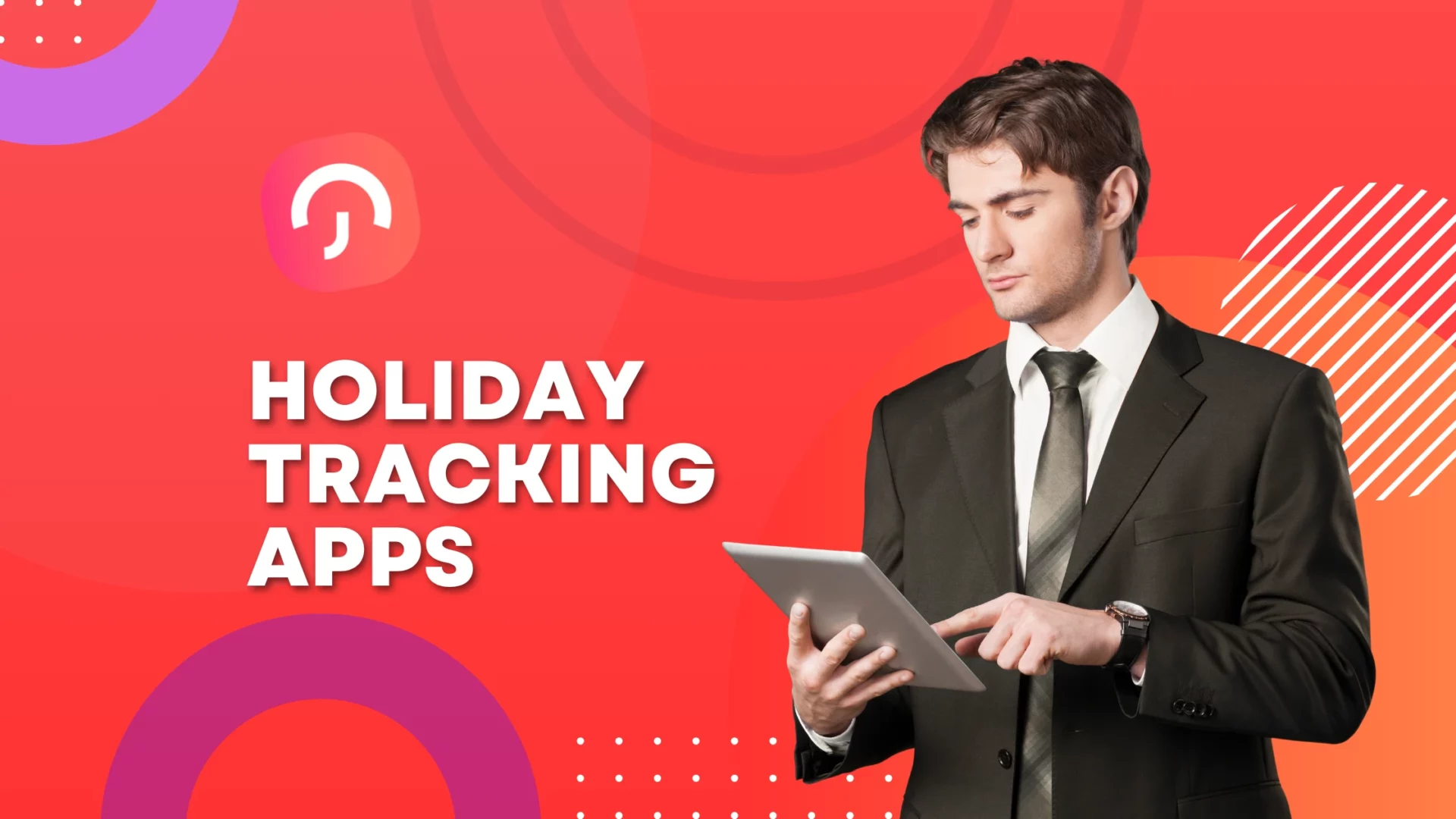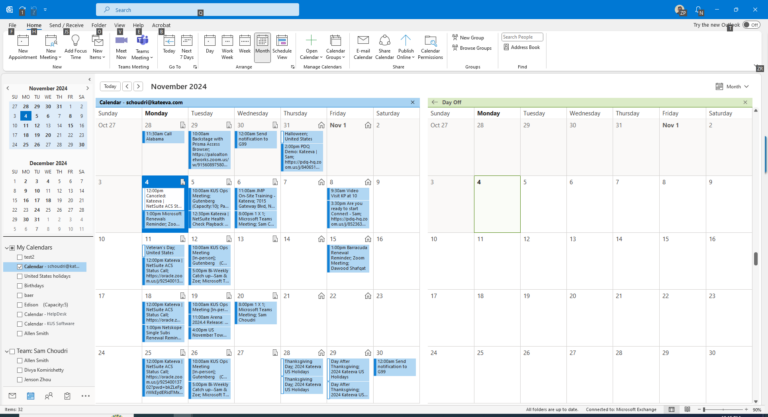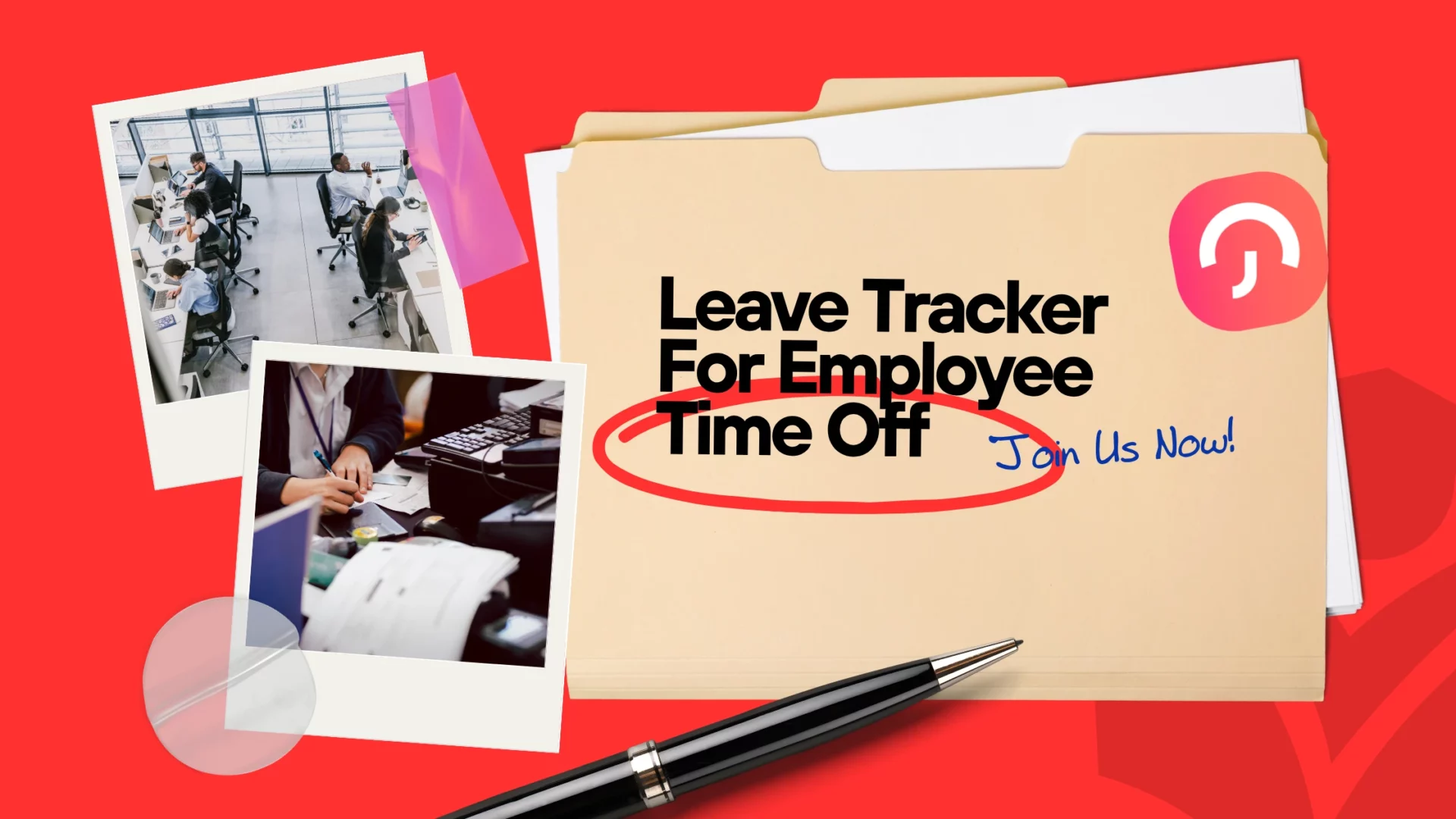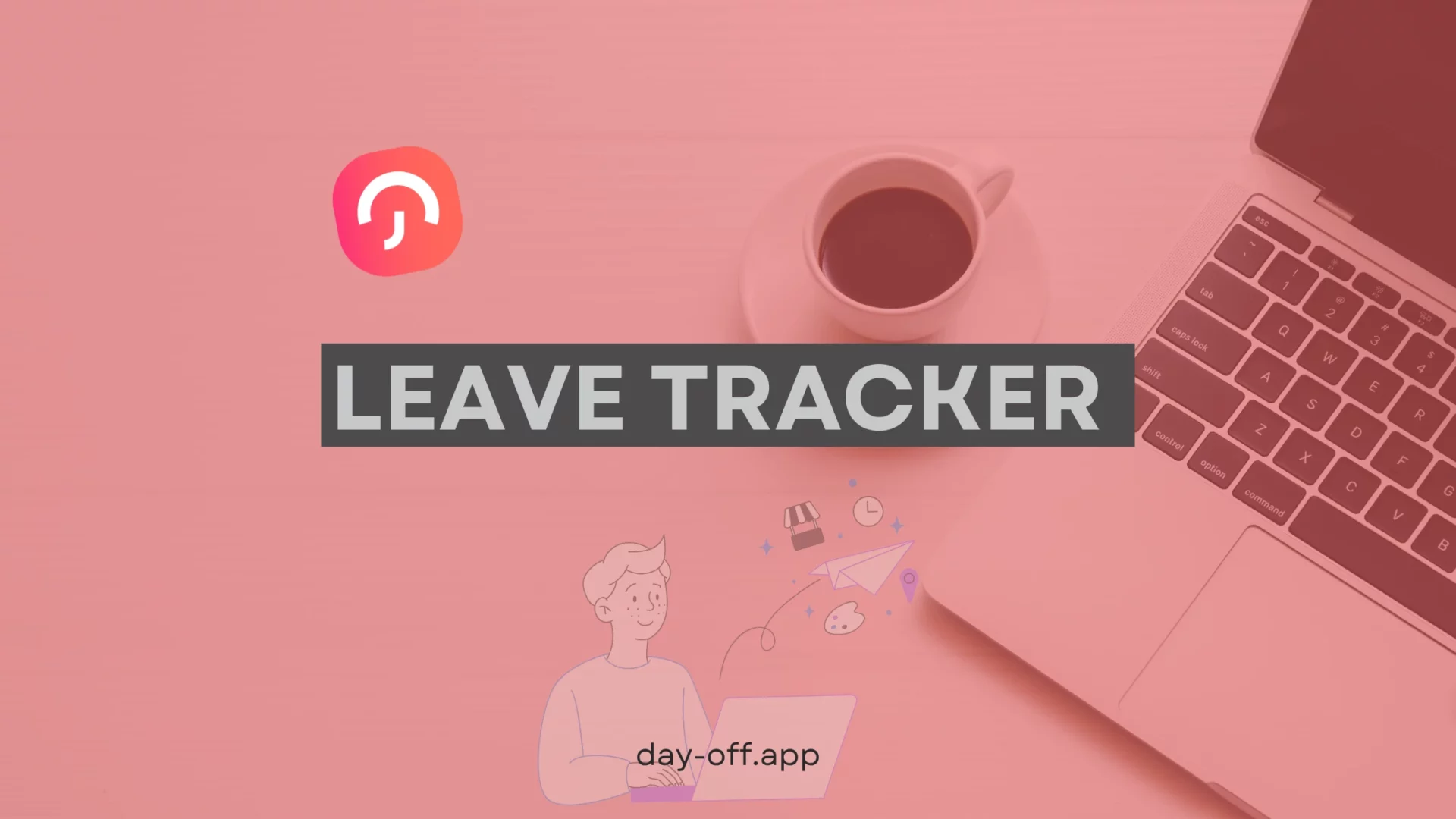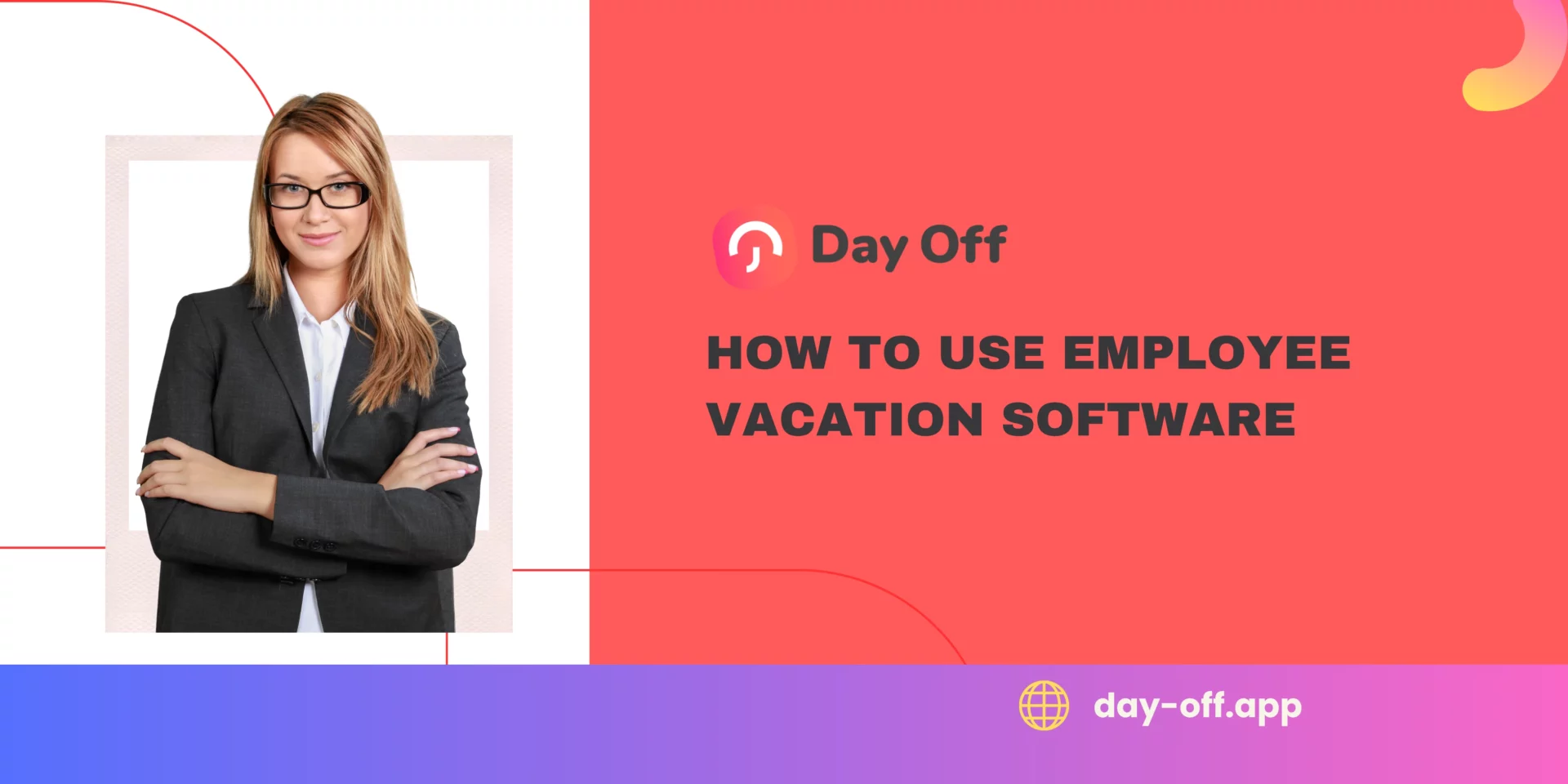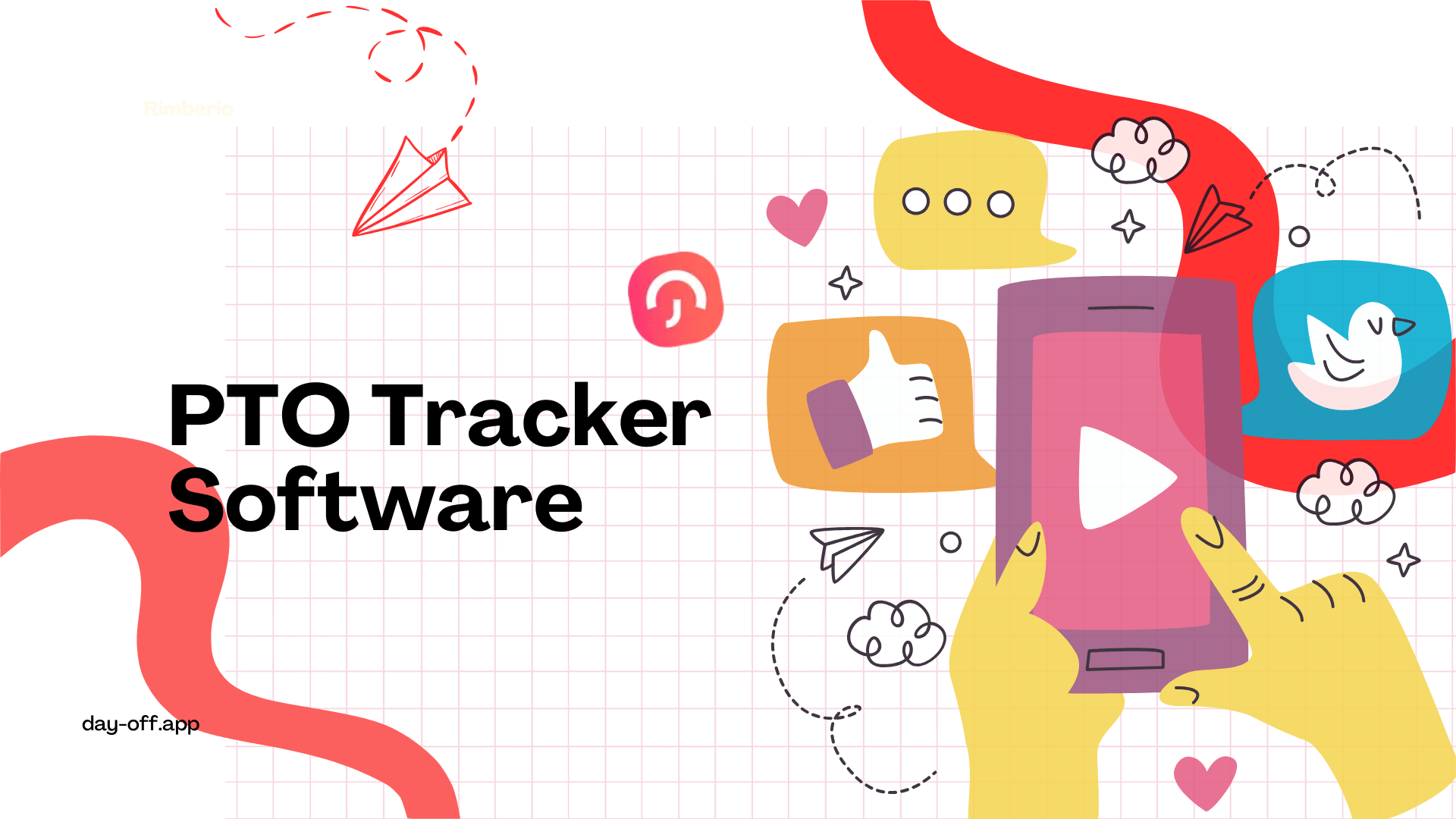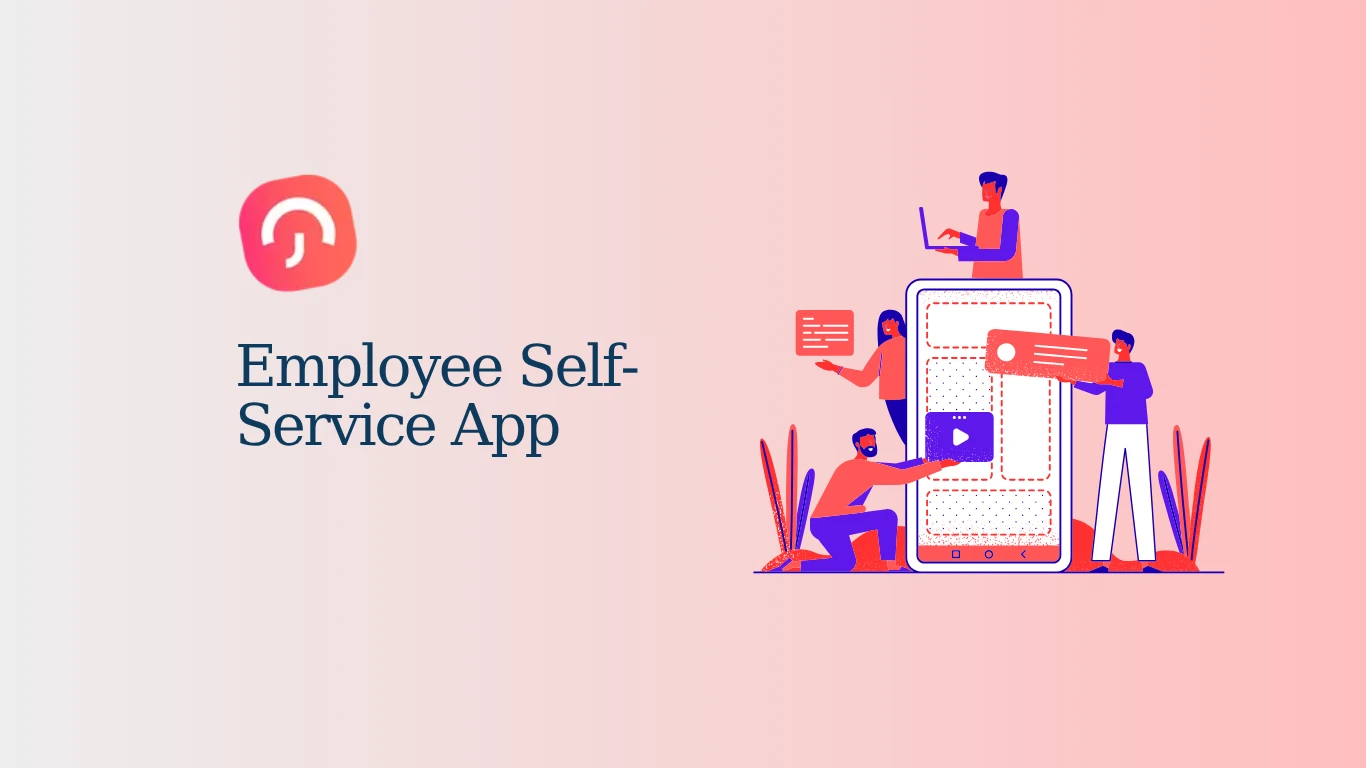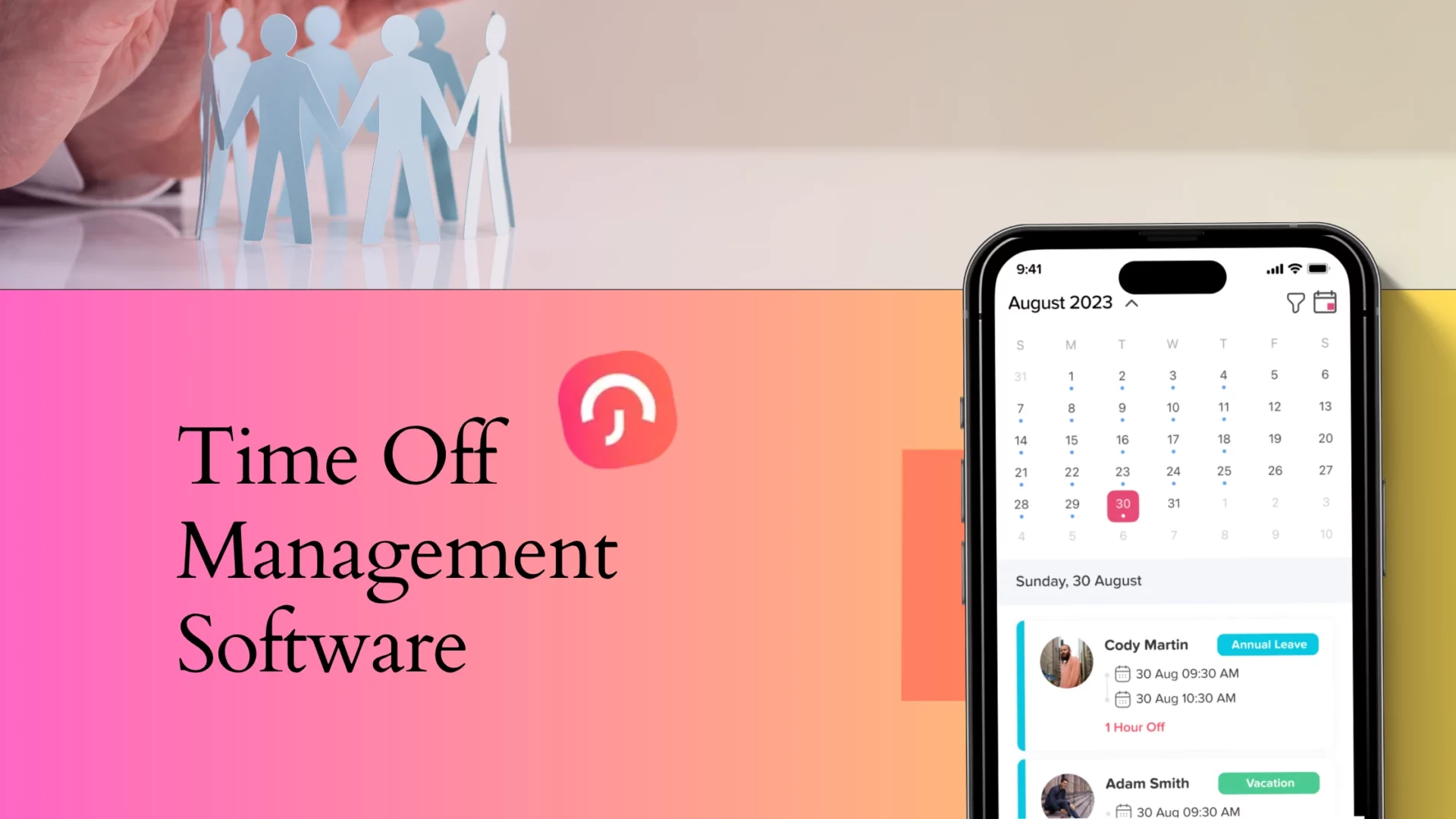Managing employee time off efficiently is more important than ever. Holiday tracking software has evolved to meet the complex demands of modern workplaces. As we approach 2025, businesses are seeking advanced features that simplify holiday management, ensure compliance, and boost employee satisfaction. This article explores the key features to look for in holiday tracking software for 2025.
Benefits of Using Holiday Tracking Software
Streamlined Leave Management
A customized leave tracker automates leave requests, approvals, and tracking processes, significantly saving time for HR teams and managers. By providing real time access to leave balances and holiday schedules, it promotes transparency for both employees and management. This automation minimizes manual data entry errors, ensuring leave records are accurate and reliable.
Enhanced Employee Experience
Self service portals empower employees to independently check their leave balances, view holiday calendars, and submit time off requests without relying on HR. Streamlined approval workflows accelerate decision making, ensuring leave requests are promptly approved or declined. By simplifying these processes, the system encourages employees to take their deserved time off, helping reduce burnout and improve work life balance.
Improved Team Collaboration
The leave tracker helps prevent scheduling conflicts by automatically flagging overlapping leave requests, thereby avoiding understaffing or resource shortages. Shared calendars display team wide or company wide holiday schedules, fostering better planning and coordination. Transparency ensures that everyone on the team knows who is available, which enhances overall communication.
Compliance and Legal Adherence
A well designed leave management system ensures compliance with applicable local, state, federal, and international labor laws concerning holidays and time off. It maintains detailed audit trails of leave requests and approvals, simplifying compliance during legal audits. Automatic calculations of entitlements and carryover balances are aligned with legal requirements and company policies, reducing risk.
Increased Productivity
With real time leave data at their fingertips, managers can efficiently plan projects and allocate resources. Clear visibility of holiday schedules helps maintain smooth operations even during peak leave periods, reducing disruptions. Automation frees HR and managerial staff from administrative burdens, allowing them to focus on strategic priorities.
Cost Savings
Automating repetitive leave management tasks cuts down HR workload and operational expenses. Accurate tracking of leave balances and carryovers helps avoid costly overpayments during payroll processing. Furthermore, ensuring compliance with leave laws minimizes the risk of legal penalties or fines.
Real Time Reporting and Analytics
The system provides detailed insights into leave trends, absenteeism, and holiday utilization, empowering managers and HR teams to make informed, data driven decisions. Advanced forecasting tools help identify seasonal patterns and staffing needs, enabling proactive workforce planning.
Scalability and Flexibility
A customizable leave tracker adapts to business growth by supporting an expanding workforce and additional leave policies. Businesses can tailor accrual rates, approval workflows, and leave rules to fit their specific needs. Remote access capabilities make it possible to manage leave requests from anywhere, supporting modern hybrid and remote workforces.
Employee Engagement and Retention
Transparent and fair leave policies build trust between employees and management by ensuring consistent holiday management. Encouraging employees to take their entitled time off helps reduce stress and boost morale. Ultimately, a positive leave management experience contributes to higher employee loyalty and lowers turnover rates.

Features to Look For in 2025
Cloud Based Accessibility
Cloud based accessibility ensures that both employees and managers can use the system from anywhere, whether they’re in the office or working remotely. This delivers real time updates without the hassle of manual installations and easily scales to accommodate business growth.
Mobile Friendly Interface
Given the increasing reliance on mobile devices, a mobile friendly interface is vital. It allows users to submit and approve leave requests on the go, check holiday calendars and leave balances via mobile apps, and receive push notifications for pending approvals or updates.
Customizable Holiday Policies
Customizable holiday policies are crucial because every organization’s needs vary based on geography, seniority, or industry. The best software lets you define custom leave types such as PTO, bereavement, or parental leave, set accrual rates according to tenure or role, and automatically apply public holidays relevant to each location.
Real Time Reporting and Analytics
Real time reporting and analytics offer valuable data driven insights that help managers track leave trends, identify absenteeism patterns, monitor employee leave balances to prevent burnout, and generate compliance reports for audits.
Self Service Portals
Self service portals empower employees to take control of their leave management, reducing the burden on HR teams. Employees can check leave balances, submit requests, view approval statuses, and access historical leave records, all in one place.
Compliance Management
Compliance management is non negotiable since labor laws and holiday requirements differ across regions. The ideal software automatically calculates leave entitlements according to local regulations, ensuring your organization stays compliant and avoids costly penalties.
Automation Features
Automation features streamline administrative tasks by auto approving leaves based on predefined rules, automatically adjusting leave balances after holidays, and alerting managers to potential scheduling conflicts, thus reducing errors and saving time.
Multi Language and Multi Currency Support
For global organizations, multi language and multi currency support is essential. These capabilities enable seamless management of holiday policies across countries, support local languages and currencies, and foster inclusivity within diverse workforces.
Employee Well Being Features
Employee well being features demonstrate a company’s commitment to mental health and work life balance. Such features encourage the use of leave to prevent burnout, track unused leave to motivate time off, and even provide wellness recommendations based on leave patterns.
Emerging Trends in Holiday Tracking for 2025
AI and Machine Learning Integration
AI powered leave management can analyze historical leave patterns to predict potential staffing shortages and suggest optimal leave schedules. For example, if multiple employees request overlapping time off, the system can recommend alternative dates to maintain team coverage and productivity.
Blockchain for Security
Blockchain technology provides a secure, tamper proof way to store leave records. This enhances transparency, prevents unauthorized changes, and helps organizations comply with stringent data protection regulations.
Advanced Notifications and Alerts
Automated reminders keep employees informed about unused leave balances and upcoming holiday deadlines. These timely alerts promote better leave utilization and help prevent last minute scheduling conflicts.
Choosing the Right Holiday Tracking Software
Assess Your Needs
Start by identifying your organization’s specific requirements. Consider factors such as compliance obligations, the size of your workforce, and any preferred integrations with existing tools to ensure the software aligns with your operational needs.
Check Reviews and Demos
Research user reviews to gauge overall satisfaction and reliability. Request software demos to experience the interface firsthand and assess whether the features and usability meet your expectations.
Ensure Scalability
Select a solution that can grow alongside your business. Whether you’re expanding your team or adding new leave policies, the software should be flexible enough to accommodate these changes without disruption.
Evaluate Cost
Compare pricing structures carefully. Determine whether subscription based plans, one time payments, or tiered pricing models work best for your budget and expected usage, ensuring you get the best value for your investment.
Frequently Asked Questions About Holiday Tracking Software
What types of leave can holiday tracking software manage beyond holidays and PTO?
Modern holiday tracking software often supports a wide range of leave types including sick leave, maternity/paternity leave, bereavement leave, jury duty, unpaid leave, and more. This flexibility helps organizations consolidate all leave management in one system.
How does holiday tracking software integrate with payroll systems?
Many platforms offer direct integrations with popular payroll software, automating the transfer of leave data to ensure accurate payroll calculations. This reduces manual effort, minimizes errors, and speeds up payroll processing.
Can holiday tracking software handle different work schedules, such as part time or shift work?
Yes, most advanced systems accommodate various work schedules, including part time, shift based, and flexible hours. This ensures leave accruals and entitlements are calculated fairly based on actual working hours.
Is data migration from existing systems supported?
Many vendors provide tools or support services to assist with importing existing leave data from spreadsheets, legacy systems, or other software, enabling a smooth transition without losing historical records.
What security measures protect employee leave data?
Top holiday tracking software uses encryption, secure cloud storage, access controls, and regular security audits to safeguard sensitive employee information and ensure compliance with data protection laws.
Are there options for customizable reporting?
Yes, most software allows users to create custom reports tailored to their specific needs, enabling detailed insights into leave patterns, departmental usage, and compliance metrics.
Can employees access the software in multiple languages?
For global companies, many platforms offer multi language interfaces, allowing employees to use the system in their preferred language, which improves adoption and usability.
What support options are typically available?
Vendors generally provide a range of support including live chat, email, phone, and comprehensive knowledge bases. Some offer dedicated account managers or 24/7 support for premium plans.
How long does implementation usually take?
Implementation times vary depending on the company size, complexity of leave policies, and data migration needs. Smaller organizations may onboard in days, while larger enterprises could take weeks to fully configure and train users.
Can holiday tracking software help with auditing and compliance reporting?
Yes, built in audit trails and compliance reports provide documented records of leave requests, approvals, and balances, making it easier to meet regulatory requirements and prepare for audits.
Is mobile access available?
Almost all modern holiday tracking solutions offer mobile apps or responsive web interfaces, enabling employees and managers to request and approve leave from smartphones or tablets anytime, anywhere.
Conclusion
Holiday tracking software in 2025 is more than just a leave management tool; it’s a vital component of employee engagement and operational efficiency. By prioritizing features like cloud accessibility, automation, compliance, and analytics, businesses can streamline their processes, ensure legal adherence, and foster a happier, more productive workforce.
Invest in a solution that meets your organizational needs today while remaining adaptable for the future. After all, efficient holiday tracking is key to maintaining a harmonious and productive work environment.

